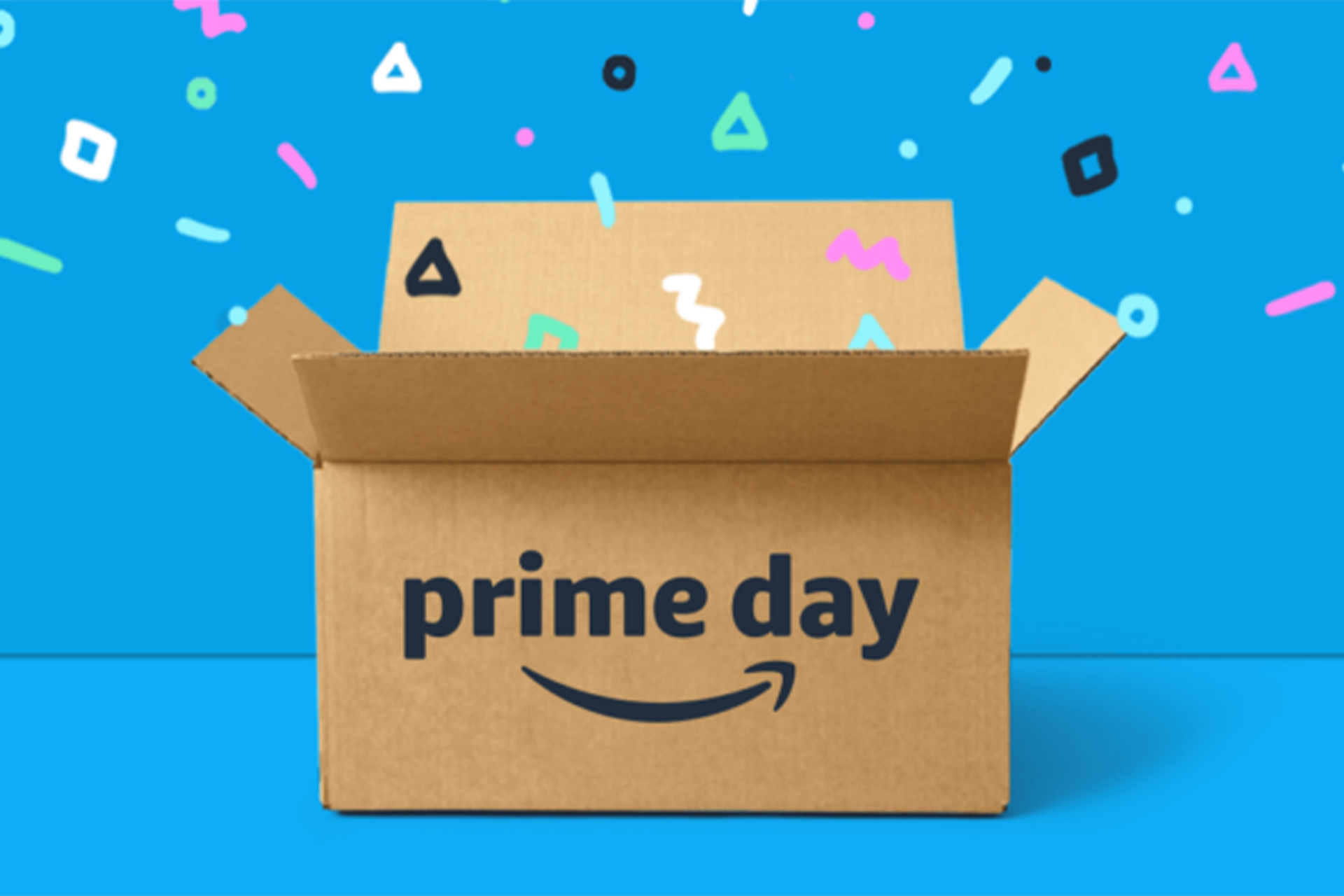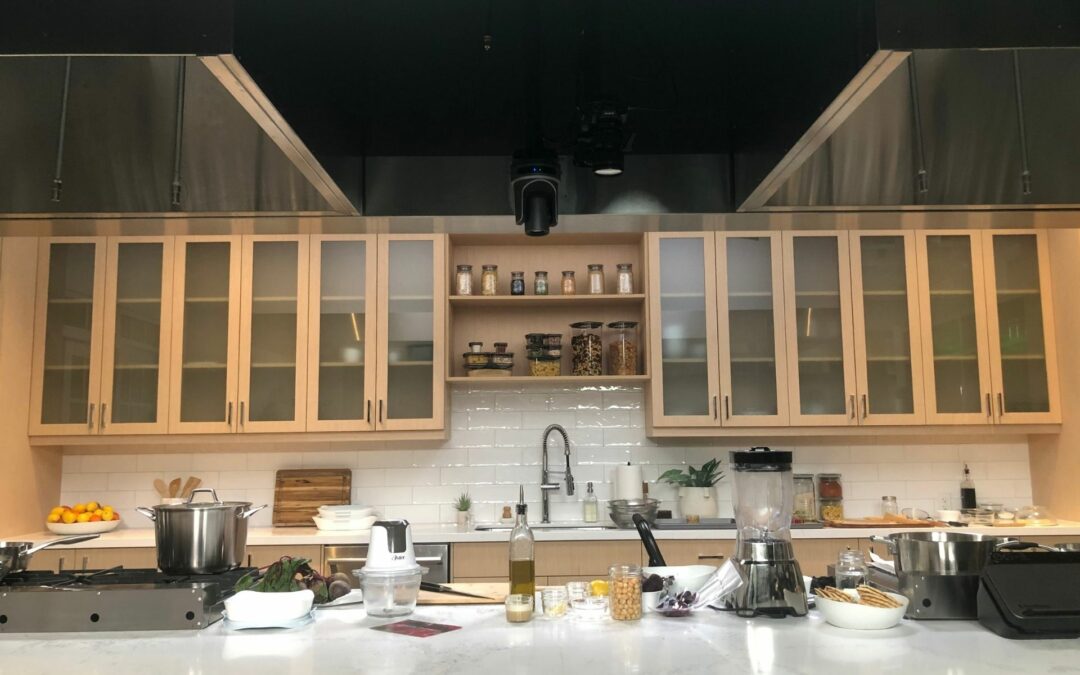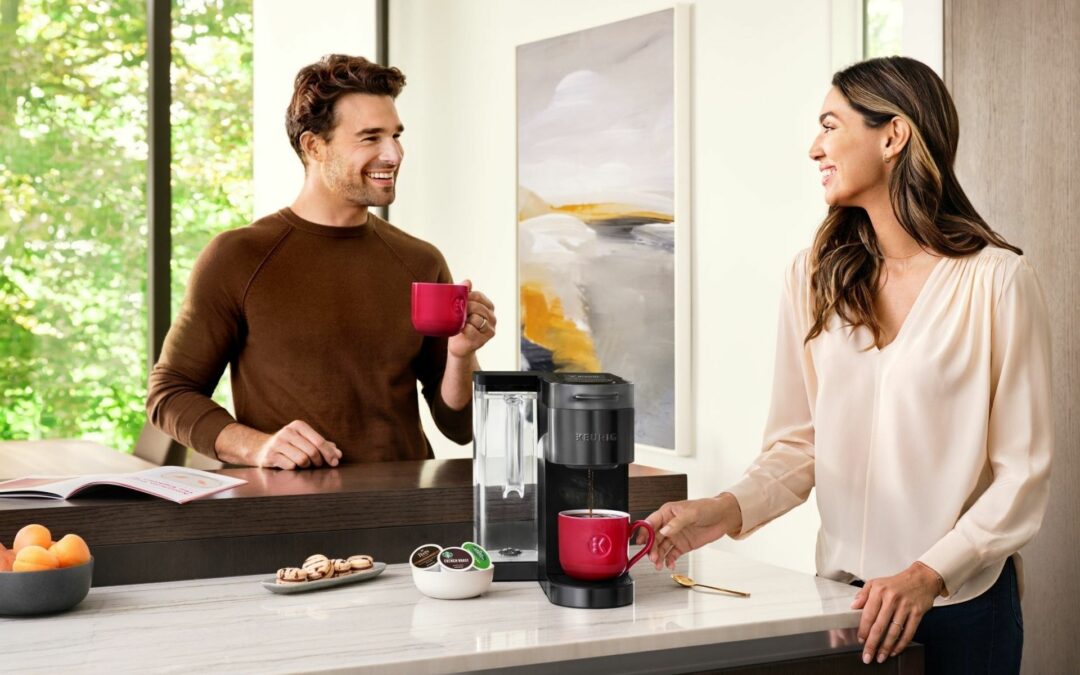Amazon announced the first day of Prime Day, July 11, was the single largest sales day in its history, while market researcher Numerator made some germane observations about the event in general including the strong showing of merchandise for the home.
For the 2023 two-day event, Amazon offered more deals than any past Prime Day version, it stated, with home, fashion and beauty coming in as top-selling deal categories, and Fire TV Stick, Laneige Lip Glowy Balm, Apple AirPods and Bissell Little Green Portable Deep Cleaner among the best-selling deal items.
In the course of the two-day shopping event, Amazon asserted, Prime members in the United States purchased more than 375 million items and saved more than $2.5 billion on millions of deals, helping make it the biggest Prime Day event held.
Amazon pointed out that its independent marketplace sellers allow for the full breadth of the company’s wide assortment and that this Prime Day was the largest ever for those businesses, which actually made bigger sales gains than the company itself.
Although Amazon didn’t provide actual sales numbers, and an inquiry from HomePage News wasn’t returned immediately, a first Prime Day study by Numerator suggested that sales for the event would grow given average first-day spending on orders increase to $56.64 versus $53.14 in the same period during 2022.
Through the 48-hour Prime Day promotion, Numerator noted, just over 34,000 unique purchasers placed more than 98,000 orders and bought more than 172,000 items. The market research firm’s initial reading had an average order size for the event up to $54.05 from $52.26 in the year-prior edition, with 65% of households shopping Prime Day placing more than two separate orders, bringing the average household spend to roughly $155.67.
Home goods topped spending categories with 28% of consumers purchasing as household essentials came in next at 26%, followed by apparel and shoes at 24%, consumer electronics at 21% and health and wellness at 19%, tied with beauty and cosmetics. In the last slots in the top 10 sales category listing, smart home devices and small appliances each captured 12% of revenues.
The typical Prime Day shopper, Numerator observed, was a high-income, suburban female from 35 to 44 years of age. Of event shoppers, 88% were Prime members, with 73% being part of the program since 2019 or earlier, and 84% for at least a year. In terms of awareness, 97% of shoppers knew it was Prime Day before calling up Amazon during the event period, with 80% having shopped the event in the past. Two-thirds of Prime Day shoppers said they were extremely or very satisfied with the deals offered this year. Still, 54% of shoppers said they compared Amazon’s prices with other retailers before making their Prime Day purchases: 36% of those did so with Walmart and 25% with Target. Then, 34% of Amazon’s Prime Day visitors said they had or might shop Target Circle Week and 33%, Walmart+ Week.





